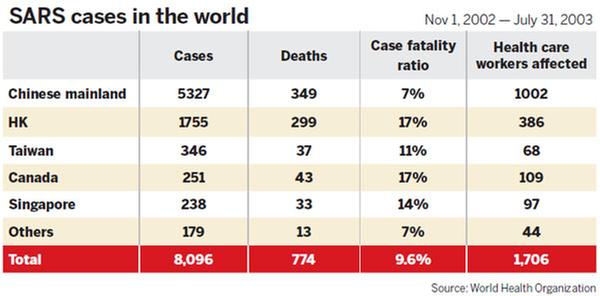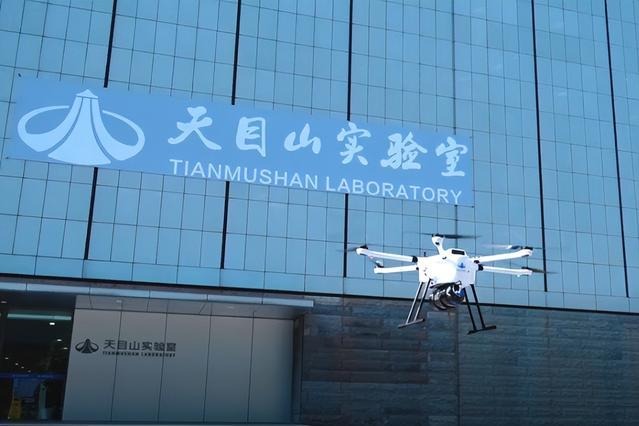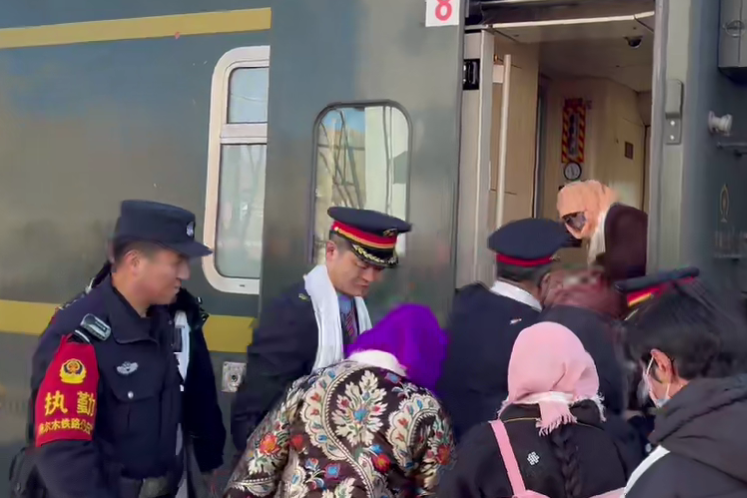Carrying out an uphill task

| Neighbors use the gym devices, assembled by So, to tone up their muscles. |
| So Chi-keung, a SARS survivor, visits the physical therapy workshop he had built from scratch atop a hill. |
In early 2003, Hong Kong was stricken with SARS. The virus killed nearly 300 people, but many survivors continued to suffer for years, drained of strength. At least one survivor, however, did make it back, to become a pillar of his community.
To this day So Chi-keung is haunted by fevered images of fellow patients in the hospital ward, wheeled off to the morgue, one by one. He lay, quarantined, in sheer panic for a month, wondering every day if his number would come up next.
Severe Acute Respiratory Syndrome (SARS) had taken Hong Kong in its death grip and for a while So lived in denial. He complained that the thermometer the nurses used to take his temperature must be broken. His temperature remained unchanged with a different thermometer. Then he started having trouble breathing. He felt like he was drowning.
Today, So doesn't strike others as a man who survived a grave illness. Gone are the shadows of the emaciated patient who recovered from the deadly epidemic 14 years ago. He was passionate and full of vigor as he told China Daily about how he survived the deadly illness and rediscovered the joy of living.
He went to see his uncle recovering from a leg injury in Alice Ho Miu Ling Nethersole Hospital in Tai Po, New Territories, and came back with a viral infection. Of course he did not know it then.
On the day of his hospital visit - April 1, 2003 - a group of undiagnosed SARS patients were transferred from Prince of Wales Hospital, where the city's first SARS outbreak was traced.
As fear spread through the city, the streets became deserted. People stayed at home, waiting for the latest news of the outbreak.
About a week later Alice Ho Miu Ling Nethersole Hospital was asking anyone who had visited the hospital recently to come in for an examination for symptoms of SARS.
"The moment I heard the news, I felt a sudden shiver run through my body. Then I began to develop a low-grade fever," So said.
Dutifully, he reported to the hospital and was relieved when the doctor told him he was OK. So went home, with a referral slip to a pulmonologist, just in case his fever got worse. The low-grade fever didn't go away. So forced himself to see the specialist.

The doctor ordered his entire clinic be sterilized once So had outlined his symptoms. Tests were positive.
They packed the 52-year-old in a plastic sheet and shipped him to Princess Margaret Hospital in Kwai Chung to be quarantined.
His family was swept up in the lingering horror. So's wife and four children were quarantined for 10 days until they were shown clear of SARS.
The standard treatment for SARS patients was high doses of steroids plus ribavirin. Once So was cleared of the viral infection, he was transferred to another hospital in Wong Tai Sin, Kowloon, for follow-up treatment.
"I turned down the offer of help from a member of the medical staff when I was getting into the ambulance to Wong Tai Sin. I was thinking, finally, I could get back out there. When I wanted to lift my foot, I almost fell. I had no strength at all. I was a walking skeleton," So recalled.
Another month in quarantine in Wong Tai Sin followed. After being discharged, So was staying in the shop floor of a tools factory he owned in Tsuen Wan. It took him another month before he dared go home.
For three months So was separated from his family but they kept in touch by phone. "We made phone calls almost every day and I kept reminding my children to wash their hands thoroughly," So said.
Climbing to salvation
So's ordeal was far from over. His happy homecoming, the bright light that was to mark the end of the ordeal, was dimmed by overwhelming fatigue. He was still wracked by aches and small chores left him exhausted. He experienced memory loss, anxiety and depression, and lost interest in pretty much everything. His self-confidence had vanished.
Full recovery from SARS took seven years: through physical therapy four times a week, and more visits to the doctor. He stayed in bed at most times, unable to help with the household chores.
"I felt like my body had degenerated. It was as if I had progressed into my eighties. I felt like an old man, while still in my 50s," So said.
He would live that way for seven years, unable to function through his post-traumatic stress. He gained weight, going over 160 pounds, more than he'd ever weighed.
The doctor asked him to take more exercise.
He tried jogging but it hurt his feet. After that he took it slow, just strolling around, finding his way in time to Woh Chai Shan, the mountain near Shek Kip Mei, Kowloon.
Being able to scale the hills left him with a joyous feeling. It opened the door for So's return to life.
So came to the mountain every day after that, and does so even now. In the beginning he plodded up the hill, stopping to rest four times on the way, but nowadays he climbs the full height effortlessly.
A new direction opened up for him. He had started learning metal work when he was 12. Later he opened a small factory molding jewelry accessories that he sold overseas. It had to stop when he got SARS.
Re-energized by his recovery, So started working on an ambitious plan.
"I have been a technician my whole life. It would be a pity if I died without leaving the world anything," So concluded.
The Garden of Eden
He decided to build a physical therapy workshop on top of the hill. He carried pieces of metal up the hill, one at a time, creating simple gym devices. Assemblage of a single workout device cost him several trips up the mountain over several days.
In the beginning, he put in a 5-by-6-meter iron tube to serve as a hand rail, leading up the slope. Gradually his plan took shape, with pull-up bars, stretching machines and even swings in place. It took him four years to put together 15 pieces of exercise equipment on his own. The site he had chosen to help facilitate his own recovery became a neighborhood playground.
He's especially proud of the machine he designed for full-body acupoint massage. He discovered the prototype for the device on a visit to South Korea. While the original was made in plastic, So built a metallic one. It took two weeks to gather the materials which were carried up the hill, one at a time, to be assembled. The device has proven the most popular of all among the neighbors who now visit the playground for exercise and physical therapy. It proved so popular that So built two more.
At the end of it So had regained his strength and lost 25 pounds.
People started calling him "Super So" as he had begun taking orders from the neighbors. One of them asked him if he could create a device for massaging the thighs. So upgraded the massage machine for him. Another asked him to make the swings safer for the kids. So added chain belts to the seats.
"After SARS I have found meaning in my life. I want to leave something meaningful behind," said So with a big smile.
The survivors from 2003 have formed an NGO called Hong Kong SARS Mutual Help Association. So became a volunteer. He's kept busy in his "retirement", helping others. He's just happy to be alive after his close brush with death.
Many elderly people and those suffering from chronic pains in the neighborhood visit So's playground on the hill every day. For those unable to climb to the top, So is considering building an exercise machine at the foot of the hill.
And while the memory of lying in a hospital bed in 2003, fearing for his life, cannot be wished away, So understands that some good came from his ordeal. It was because of his brush with SARS that he was able to help others.
stushadow@chinadailyhk.com

(HK Edition 06/29/2017 page6)
Today's Top News
- Evidence mounts of Japan's wartime atrocities
- Gunmen kill 11, wound many on Sydney beach
- Study finds Earth's deep water reservoirs
- China remembers victims of Nanjing Massacre 88 years on
- Philippines' provocations will avail it nothing: China Daily editorial
- China steps up financial support to spur consumption
































